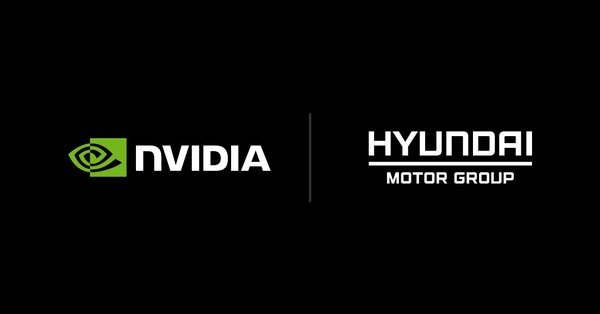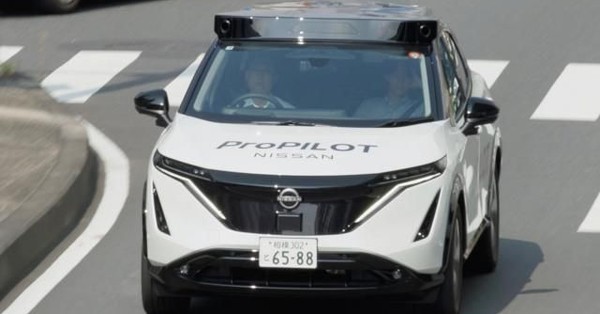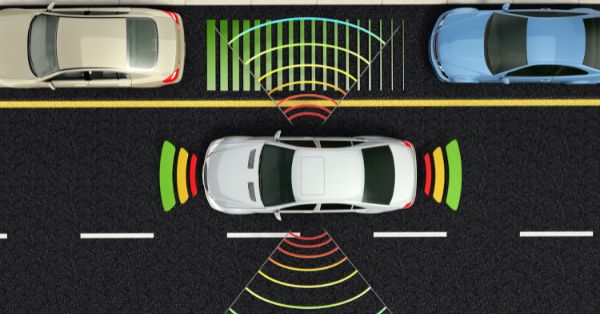- Tech News & Insight
- November 2, 2025
- Hema Kadia
Hyundai Motor Group and NVIDIA are expanding their partnership to build a large-scale “physical AI” stack that fuses autonomous driving, smart factories, and robotics with national-scale infrastructure in Korea. The companies plan to stand up an AI factory built on 50,000 NVIDIA Blackwell GPUs to unify model training, validation, and






















